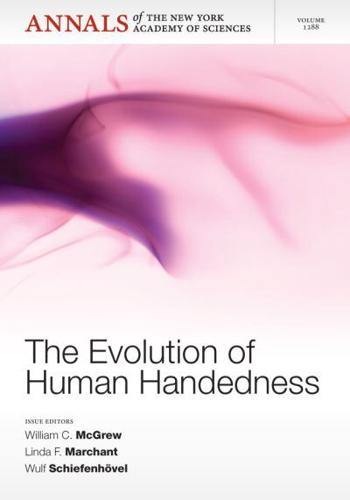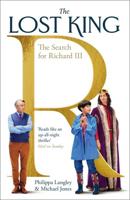Publisher's Synopsis
Handedness, or manual laterality of function, is thought to be both universal and unique to humans, making it a highly derived trait, based on an equally specialized neural substrate. By contrast, in various non-human species, both living and extinct, extent of lateralization varies. All known populations of living human beings apparently favor the right hand, motorically, culturally, and symbolically, thus right-handedness is species-typical, as well as species-specific. This laterality of function is correlated with asymmetry of structure, that is, neural, skeletal and muscular, for example as manifest especially in skilled movement, such as handwriting. Human brains are lop-sided, and sagitally-paired organs (hand, foot, eye, ear, etc.) are skewed in their use, usually biased to the right; explaining this variation appears to require both cultural and environmental causal variables. To tackle these questions and advance our knowledge of this basic human trait requires genuinely multi-disciplinary input by scholars willing to think inter-disciplinarily. Thus, participants in this Annals volume come from anthropology, archaeology, genetics, neurosciences, palaeo-anthropology, primatology, psychology, and psychiatry.
NOTE: Annals volumes are available for sale as individual books or as a journal.












